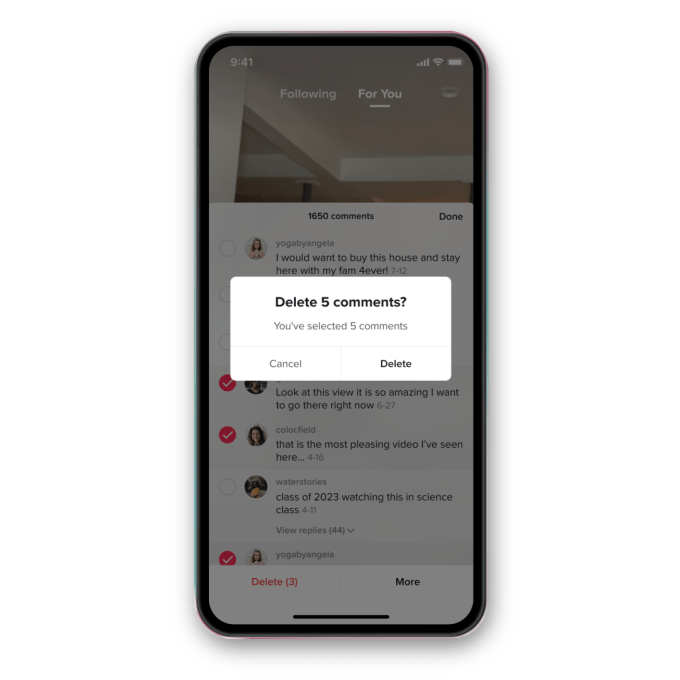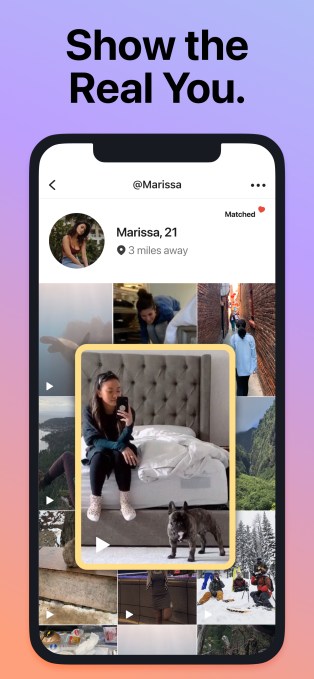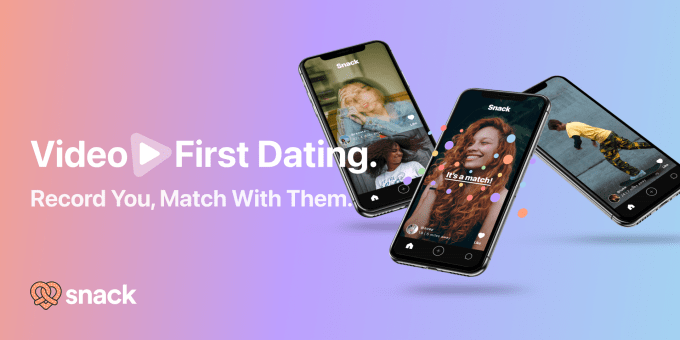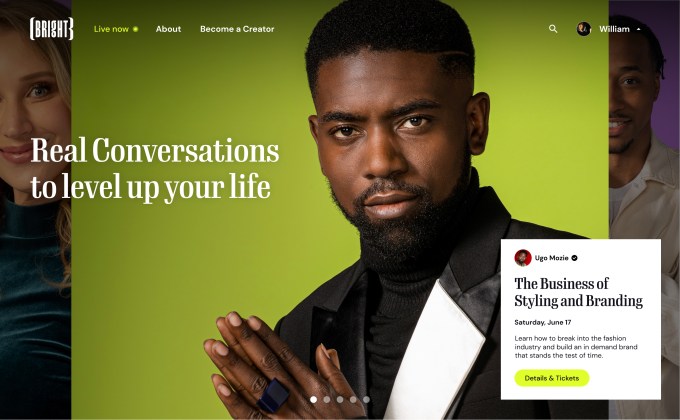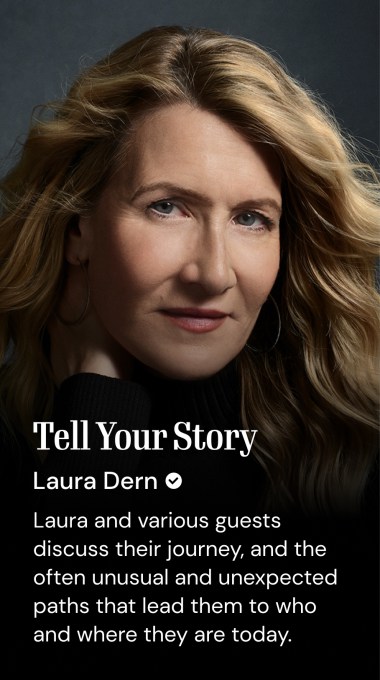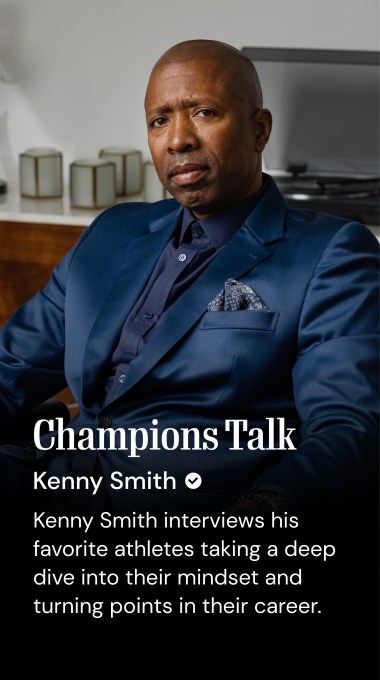When the pandemic hit last year, Punchbowl, an online party planning service was left in the lurch with gatherings all but shut down, but instead of lamenting the situation, founder and CEO Matt Douglas went to work to rethink the company’s approach. He started by expanding the company’s online greeting card business, which until that point had been a small part of the revenue mix. Then he began talking to investors about a cash influx with an eye toward adding video to the platform.
That all culminated in a slew of announcements today. For starters, the company pulled in $5 million from SG Credit Partners. Douglas then turned around and bought online video production service VidHug and rebranded it for his platform as Memento. Finally, he invested in a couple of apps designed to draw new parents to the service early in their children’s lives. More on those shortly.
When the government made the no-gatherings rule official, Punchbowl needed a plan. “So we took our team and we put our energy towards a product that was less than 10% of our business prior to the pandemic and that is greeting cards,” Douglas said.
He made the greeting cards more personalized by adding a video component. His team got that going pretty fast, putting it together by Mother’s Day 2020 to include a visual message at a time when people couldn’t get together in person. But he wanted something more than that, and he dove into researching the video montage market. That ultimately led to him connecting with the founders of VidHug and making an offer to buy the Canadian startup.
Memento helps you make and collect video clips, pull them together into a video and choose music and backgrounds in a friendly interface, putting basic video production within reach of of just about any user.
Douglas sees adding video as more than a consumer play though. He believes with Memento, he can also attract business customers to use video — for example, as a way to welcome new employees, especially in distributed organizations, or to make a good-bye video for a long-time employee leaving the company, and in this way begin to expand the platform to include not only consumer customers, but businesses too.
While he was at it, he invested in some apps directed at new parents, particularly moms, including Qeepsake and pumpspotting. Qeepsake is an app that prompts parents with a text to collect different memories of their children’s lives and then print them in a keep-sake book. It’s aimed at parents who never got around to making that baby book. Pumpspotting helps support breastfeeding moms, whether they are at home or work, and it also provides resources for their employers to support nursing moms as well.
He believes that by attracting parents at the earliest time in their childrens’ lives, he can get them to use other Punchbowl services to plan birthday parties and other events, add video memories, and build long-term brand loyalty along the way.
Douglas has been at this since 2007 when he conceived and launched Punchbowl, and while he says he has had offers over the years to be acquired, he never wanted to sell. Although 2020 might have been the toughest year ever for his party planning business, he used the crisis to rethink it, and in the process may have built something that can survive and thrive longer term with a wider variety of services and revenue streams.


